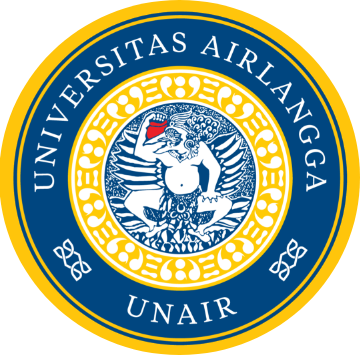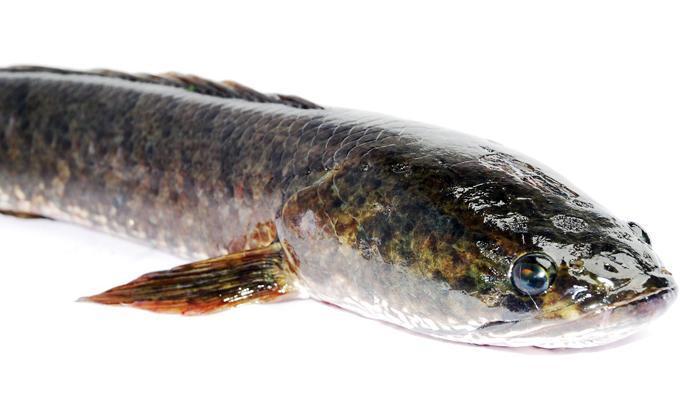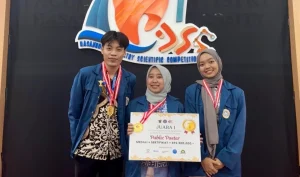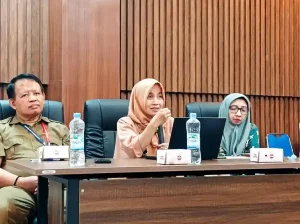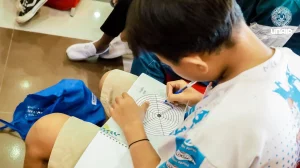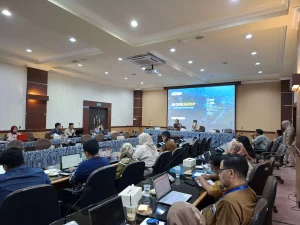Southeast Asia, including Sundaland, Wallacea, the Philippines and Indo-Burma, is known for the highest organism diversity in the world, both animals and plants. Sundaland is also the area known as the second-highest area after the Andes, in terms of endemic species, where there are 2.6% of endemic species of vertebrate animals of the total species in the world. One type of animal in this region is snakehead fish.
Snakehead fish or Channa striata (Bloch, 1793), is one source of biodiversity of freshwater fish with important value because of its benefits in the pharmaceutical and medical fields, as well as a food source.
The spread of snakehead fish is found in southern Asia, southern China, Indochina and the western Indonesian archipelago. This fish has a wide habitat such as lakes, rivers, swamps, trenches, ponds and even in rice fields. The ability of snakehead fish to occupy a wide habitat type raises the suspicion that these fish have high genetic variation as a result of adaptation to the environments.
Genetic diversity influences the ability of species to respond to environmental changes. Populations with high genetic diversity have a higher chance of survival. Evaluation of genetic diversity is critical because today, the factors that influence the acceleration of species extinction are getting bigger — for example, habitat destruction, over-exploitation, and global climate change.
Genetic diversity measurement can be done by many methods or techniques. One popular and easy technique for evaluating it is using the Random Amplified Polymorphic DNA (RAPD) technique. This technique has been widely applied in evaluating genetic diversity and conserving various populations.
RAPD is a simple and fast Polymerase Chain Reaction (PCR) based technique using random short oligonucleotide primers. The purpose of this study is to calculate the genetic diversity of snakehead fish populations from three rivers (Surabaya River, Porong Sidoarjo River, Karangkates Reservoir) in Brantas watershed and Lamong river as outgroups, and calculate the level of genetic differentiation of the population in the whole snakehead fish population in the flow Brantas Watershed.
The amplification results of 30 samples from 4 different locations using three primers, namely OPA 1, OPA 8 and OPA 9 showed a consistent, clear and well-separated band profile. While the amplification result with two other primers, OPA 6 and OPA 11, did not produce a consistent and clear band profile, so it was not used for further analysis.
Amplification using these three primers produces polymorphic band profiles with base lengths ranging from 100 base pairs (bp) to more than 1000 bp. In total, 33 loci were obtained from the results of the amplification of three primers at the four study sites. Each primer produced a different number of loci. Amplification using OPA 1 produced 14 loci, amplification with OPA 8 produced ten loci and amplification with OPA 9 produced nine loci. The tape produced and detected is considered an allele and the location of the allele is called the locus.
The 51.52% value of gene polymorphism was found in the population of the Porong river, 42.42% in the Surabaya river population, 27.27% in the Bengawan Solo Lamongan river population and 24.24% in the Karangkates population. This percentage of polymorphism is a comparison between the number of polymorphic loci with the locus elongation in the population. The number of polymorphic loci and polymorphism values indicate the size of genetic variation in the population.
Based on the percentage of polymorphism, it was found that the population in the Porong river had the highest genetic variation, i.e. more than 50% of the loci were polymorphic loci. The population with the second-largest polymorphism was the Surabaya river population. Whereas the other two populations, the population of Karangkates and Lamongan, have a low polymorphism, with a polymorphism value less than 30%.
Based on the results of average number calculation of alleles obtained, namely 1.2424 in Karangkates population, 1.5152 in Porong population, 1.4242 in Surabaya population and 1.2726 in Lamongan population. As for the average number of effective alleles, the range of values is not much different from the average number of alleles, namely 1.1174 in Karangkates population, 1.3727 in Porong population, 1.1984 in Surabaya population and 1.1726 in Lamongan population.
Calculation of genetic diversity in the populations based on the expected number of heterozygosity in the four populations is 0.2085 (Porong), 0.1226 (Surabaya), 0.1010 (Lamongan) and 0.0750 (Karangkates). From the value of genetic diversity obtained, it can be interpreted that the snakehead fish population in the Porong River, has the highest genetic diversity.
It was followed by the Surabaya river population, Kali Kemuning Lamongan, and the population with the lowest genetic diversity was Karangkates population. The Porong River and the Surabaya river are included in the upper reaches of the Brantas river, while Karangkates is the downstream part of the Brantas River. In this study, the data showed that the genetic diversity of the snakehead fish population was higher in the lower reaches of the river compared to the upper reaches of the Brantas River. (*)
Author: M. Hilman Fu’adil Amin
Detailed information related to this article can be seen in our publication at http://www.envirobiotechjournals.com/article_abstract.php?aid=9466&iid=271&jid=3

